THE CHALLENGE: The examples I created have very simple blocks with geometric shapes that can be rotary cut from Jelly Rolls, Charm Packs or Layer Cakes with some easy planning for sizing. One fun thing I discovered is that once I have an overall kind of random placement of several simple blocks and color them with solid colors, I can then use the Serendipity tool to rotate the blocks and come up with several variations. Add in fabrics, and you can cross genre.
Find out more about Club EQ!
It is easy to design a quilt that works with each of these fabric collections once you have some idea about sizing for cutting squares and triangles from each.
A Charm Pack is a collection of fabrics that are cut 5” square.
A Jelly Roll is a collection of fabrics that are cut 2 ½” x the width of the fabric. The width of the fabric may vary, but the 2 ½” is constant.
A Layer Cake is a collection of fabrics that are cut 10” square.
All these fabric collections are delightful to use for scrappy quilts, since no one collection has enough of each fabric for an entire quilt. The variety of fabrics is desirable. You would have to buy several duplicates of the collections to piece matching blocks for an entire quilt, but then the charm of the variety offered in each packet is lost when you end up buying yardage.
Cutting Squares and Rectangles
From a Jelly Roll, cut 2 ½” squares to finish as 2” squares when pieced into a block.
Smaller squares can also be cut from a Jelly Roll.
From a Jelly Roll, cut rectangles that are 2 ½” by whatever length desired. These will finish to 2” wide when pieced.
Smaller widths for rectangles can also be cut from a Jelly Roll.
Cutting Half Square Triangles
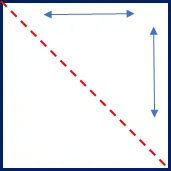 A half-square triangle is cut by slicing a square in half diagonally. The straight-of-grain will be on the two squared sides of the triangle and the bias on the longest side of the triangle (the hypotenuse, if you remember from high school geometry).
A half-square triangle is cut by slicing a square in half diagonally. The straight-of-grain will be on the two squared sides of the triangle and the bias on the longest side of the triangle (the hypotenuse, if you remember from high school geometry).
Determine the size of the square to subcut by adding 7/8” to the size of the FINISHED triangle. For example, if the triangle is 1 ¾” finished, cut a square that is 2 ½” and then cut diagonally to produce two triangles.
From a Jelly Roll, which is 2 ½” wide, design the block with half-square triangles that are 1 ¾” finished. You will cut 2 ½” squares and cut them diagonally to get two triangles.
If you need half-square triangles that finish larger than 1 ¾”, cut them from Charm Packs or Layer Cakes.
(Standard “quilter’s math” tells us that you should add 7/8” to the finished size of a half-square triangle to find your cut size. EQ7’s rotary cutting charts follow standard quilter’s math, so you’ll see that it tells you to cut all those half-square triangles at 2-7/8”. Read about a different method.)
Cutting Quarter Square Triangles
Use this cutting when you want to have the straight-of-grain along the hypotenuse of the triangle.
Determine the finished size of the triangle along the longest side (the hypotenuse). Add 1 ¼” for seam allowances. Cut a square to this adjusted dimension and cut it in half diagonally in both directions.
To cut quarter square triangles from a Jelly Roll, the finished size of the triangle would have to be no more than 1 ¼”. Any larger would have to be cut from a Charm Pack or a Layer Cake.
Designing the Quilt to Fit the Jelly Rolls, Charms, and Layer Cakes
- You may want to start with LIBRARIES > Block Library > Search > By Category > Triangles Only, Rectangles Only, and/or Triangles Rectangles. You may also want to check the EQ7 Block Libraries > 01 Classic Pieced > Simple Blocks.
- Select several blocks and Add to Sketchbook.
Now you’re going to have to work backwards from what sizes you can cut your block patches from your fabric to what size the block has to be to use those patch sizes.
- Review the blocks that interest you and evaluate how you might cut the patches from a Jelly Roll, for example. Consider the size of the finished rectangles or triangles. Size the block to work with these sizes.
- For example, the Broken Dishes block shown here, has 8 half-square triangles. If I want to cut them from a Jelly Roll that is 2 ½” wide, the largest triangles I could cut would finish to 1 ¾” (since you would have to add 7/8” to the 1 ¾” for seam allowances when cutting a 2 ½” square diagonally for the half-square triangle).
- Size the block at 3 ½” finished size so the half-square triangles could be cut from a 2 ½” square and sewn to finish at 1 ¾”.
- Size the blocks used in the quilt so the patches could be cut, including seam allowances, from a Jelly Roll, Charm, or Layer Cake. Note that when you size the blocks for a quilt layout in EQ7, you do NOT include the seam allowance in the dialog box. But when you’re deciding how to cut the patches from your desired fabric collection, you will have to remember to add the seam allowances when cutting the patches.
HINT: When in doubt, print the templates for your block and measure there, including the seam allowance, for rotary cutting your patches. The sizing will be accurate.



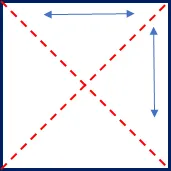

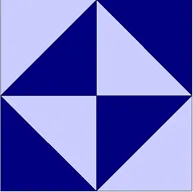

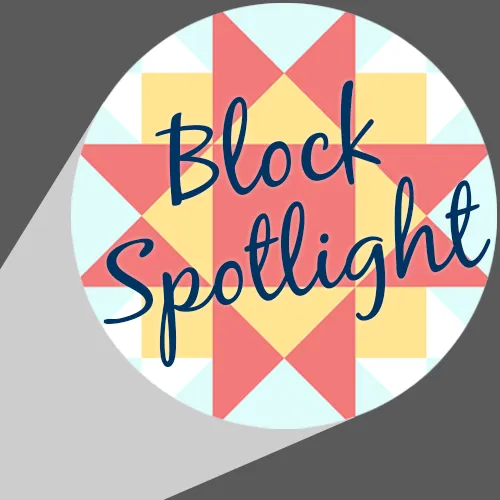
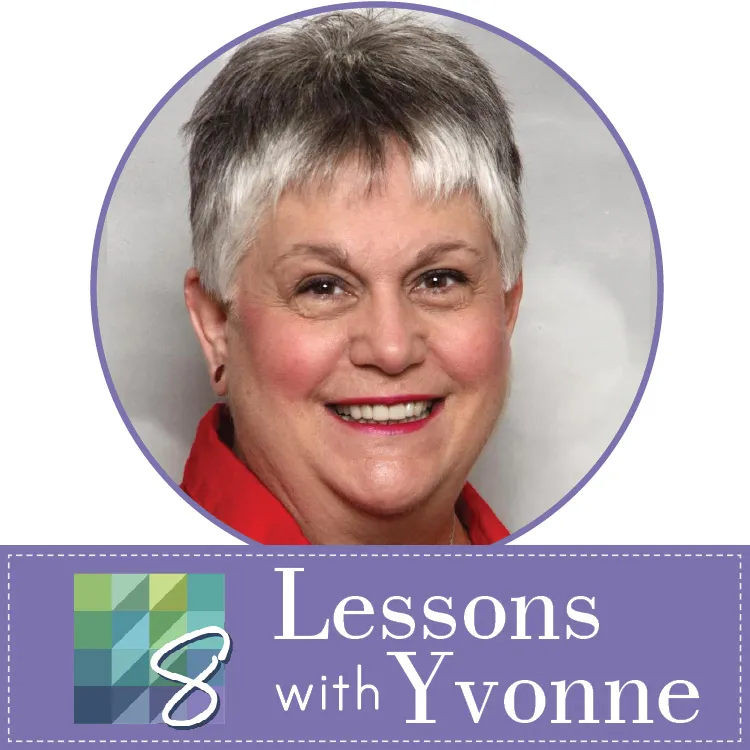

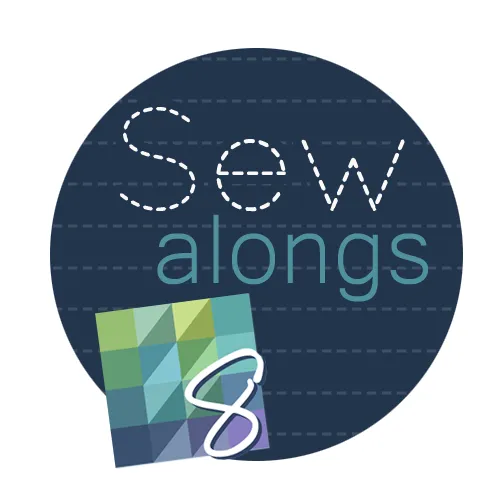
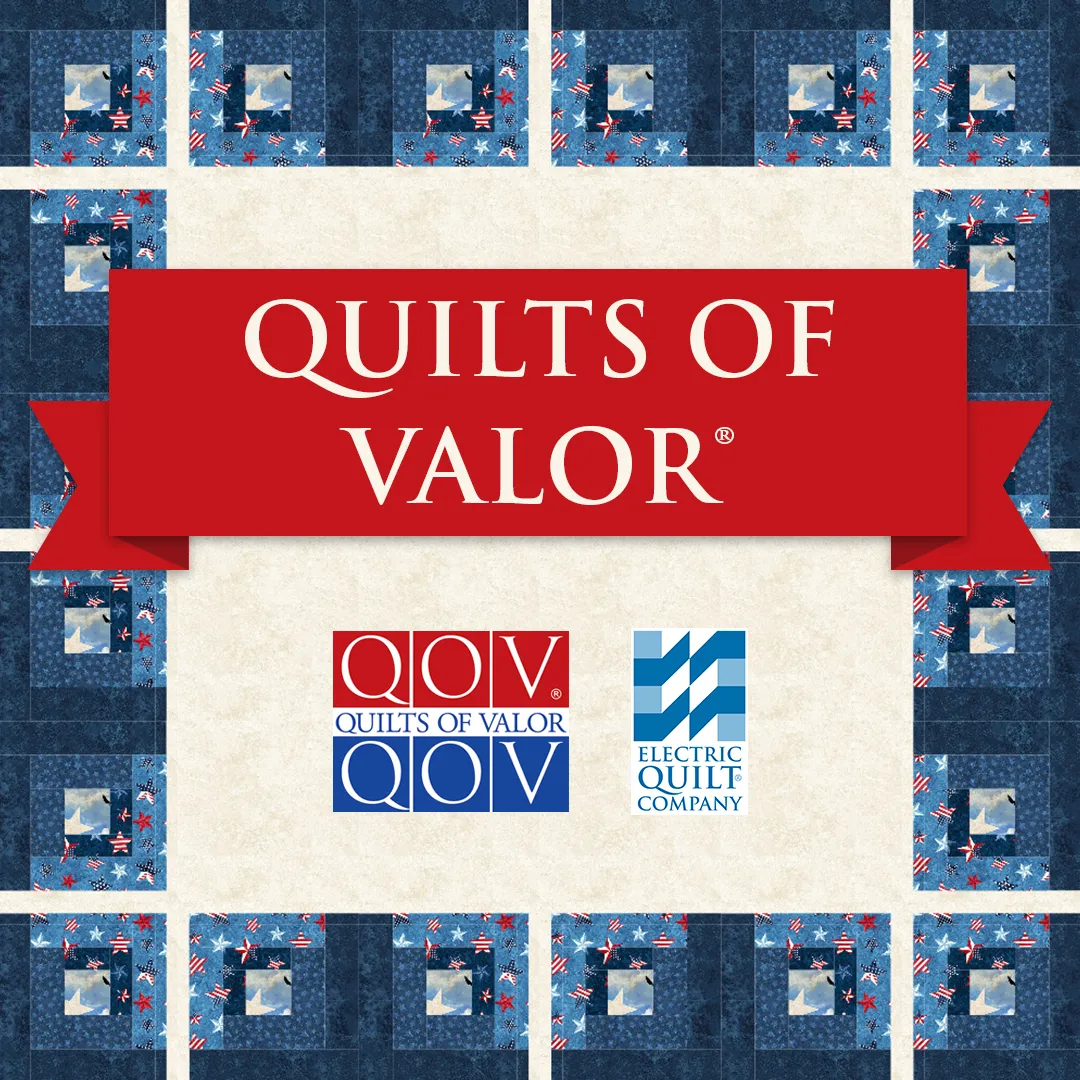
05-01-2017
11:19 am
Thank you SO much for this information. It will definitely come in really handy and will be used frequently.
05-02-2017
12:18 pm
With Print Template (not rotary cutting) there’s no need to scale down the design for patches like right triangles, the elements of HSTs or QSTs.
The advantage is Patch size can be planned at 1/2″ less than strip size, not 7/8″ or other odd sizes. For instance plan 2″ FG (flying geese) units that can be cut from 2 1/2″ strips.
I suggest to tape TWO templates to the back of the ruler to form a diamond for QSTs. It forms a rectangle for HSTs. I mark diagonal sewing and cutting lines and rotary cut with the template for guide… the no “measuring” method.
05-09-2017
7:08 pm
I am working on a book of jelly roll patterns that have a small number of cutting to be done where it will all fit together in a nice design so far I have made 3 test quilt tops and each one has come out with no reworking anything they can be down sized to what ever a person needs. Francine Keys
05-11-2017
1:36 am
Thank you for this particular tutorial. I’m fairly new to the EQ7 system, and this has been the ONE thing I’ve had trouble with. I want my patterns to fit certain fabric strip widths. I use 2.5 and 3.5 inch strips all the time. Getting the pattern pieces to size to a “normal” strip has been very challenging. I will practice the as cutting 2 & 3/16 or such is not going happen at this house.